Name Harry Hinsley | ||
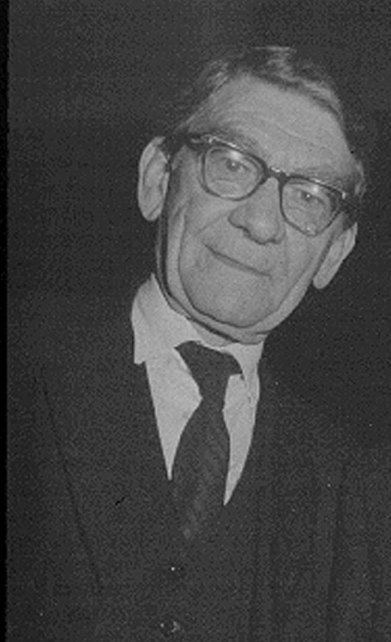 | ||
Books Power and the pursuit of peace, British Intelligence in the Sec, Hitler's strategy, The intelligence revolution, Sovereignty | ||
Harry hinsley
Sir Francis Harry Hinsley OBE (26 November 1918 – 16 February 1998) was an English historian and cryptanalyst. He worked at Bletchley Park during the Second World War and wrote widely on the history of international relations and British Intelligence during the Second World War. He was known as Harry Hinsley.
Contents
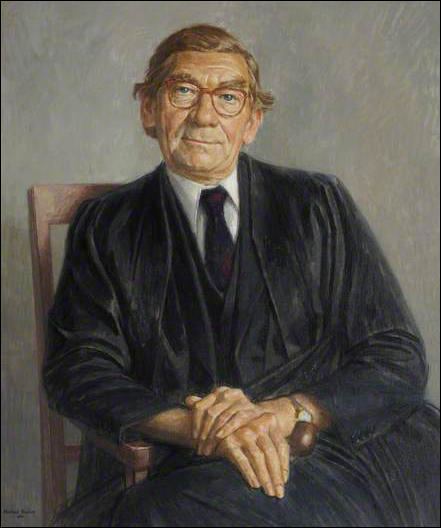
Early life
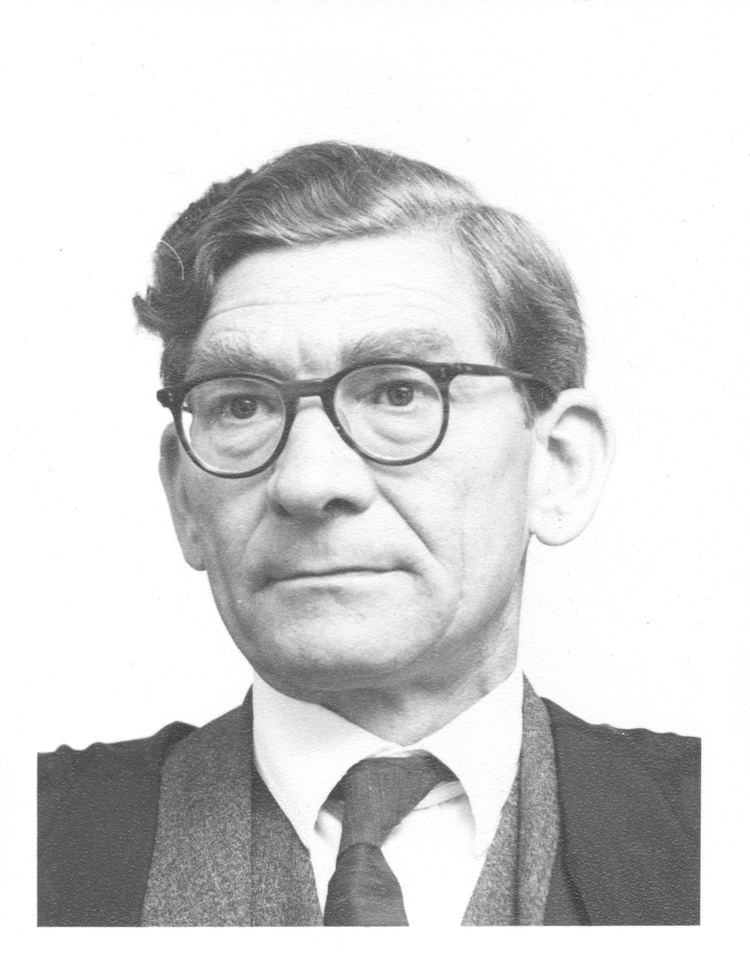
Hinsley was the son of a coal merchant. His mother Emma Hinsley (née Adey) was a school caretaker, and they lived in Birchills, in the parish of St Andrew's, Walsall. Harry was educated at Queen Mary's Grammar School, Walsall, and in 1937 won a scholarship to read history at St. John's College, Cambridge. In October 1939, while still at St. John's, he was summoned to an interview with Alastair Denniston, head of the Government Code and Cypher School (GC&CS), and was thereby recruited to Bletchley Park's naval section in Hut 4.
Bletchley Park
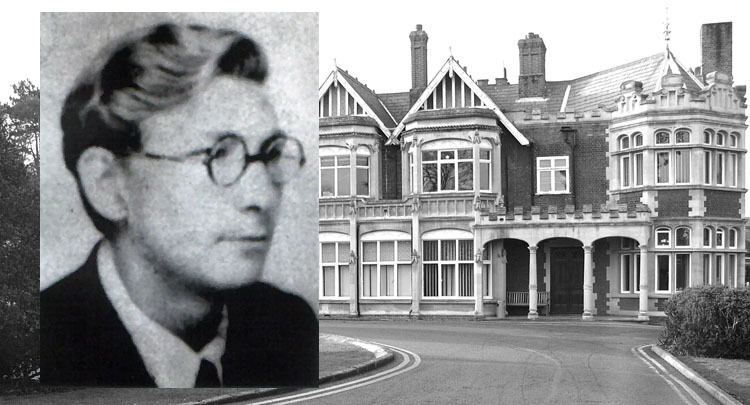
At Bletchley Park, Hinsley studied the external characteristics of intercepted German messages, a process sometimes termed "traffic analysis": from call signs, frequencies, times of interception and so forth, he was able to deduce a great deal of information about the structure of Nazi Germany's Kriegsmarine's communication networks, and even about the structure of the German navy itself.
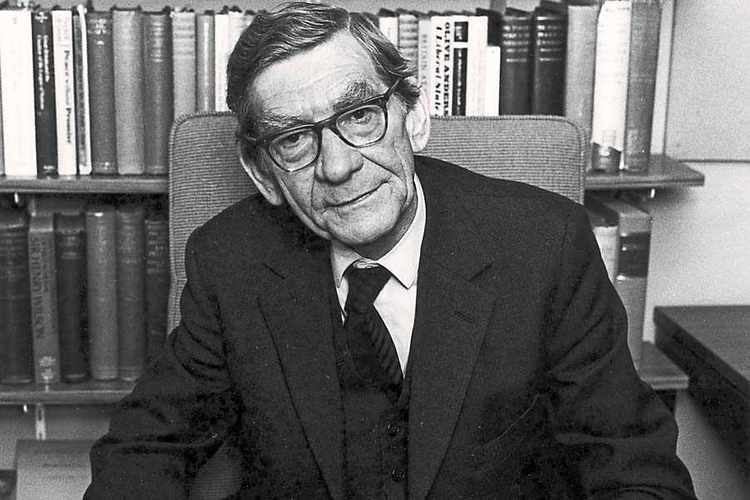
Hinsley helped initiate a programme of seizing Enigma machines and keys from German weather ships, such as the Lauenburg, thereby facilitating Bletchley Park's resumption of interrupted breaking of German Naval Enigma.
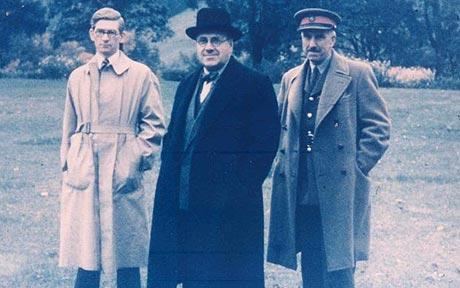
In late 1943, Hinsley was sent to liaise with the US Navy in Washington, with the result that an agreement was reached in January 1944 to co-operate in exchanging results on Japanese Naval signals
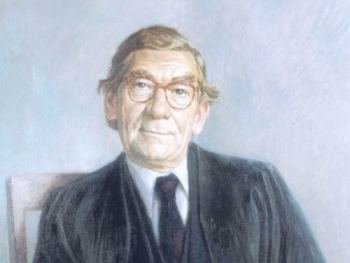
Towards the end of the war, Hinsley, by then a key aide to Bletchley Park chief Edward Travis, was part of a committee which argued for a post-war intelligence agency that would combine both signals intelligence and human intelligence in a single organisation. In the event, the opposite occurred, with GC&CS becoming GCHQ.
On 6 April 1946, Hinsley married Hilary Brett-Smith who had also worked at Bletchley Park, in Hut 8.
Hinsley was awarded the OBE in 1946, and was knighted in 1985.
On his death, Sir Harry Hinsley was cremated, and his family buried the ashes privately in Cambridge.
Career as a historian
After the war, Hinsley returned to St John's College and lectured in history, being in 1969 appointed Professor of the History of International Relations. From 1979 to 1989 he was Master of St John's College and from 1981 to 1983 he was vice-chancellor of the University of Cambridge.
In 1962, Hinsley published Power and the Pursuit of Peace, which is important as a study of early idealist thought about international relations.
Hinsley edited the multi-volume official history British Intelligence in the Second World War, and argued that Enigma decryption had speeded Allied victory by 1–4 years while not fundamentally altering the war's outcome.
He was criticised by Marian Rejewski and Gordon Welchman, who took exception to inaccuracies in Hinsley's accounts of the history of Enigma decryption in the early volumes of his official history, including crucial errors in chronology. Subsequently, a revised account of the Polish, French and British contribution was included in volume 3, part 2.
The volumes of British Intelligence in the Second World War edited by Hinsley and published by Her Majesty's Stationery Office (HMSO) London are:
Hinsley also co-edited (with Alan Stripp) and contributed to Codebreakers: The Inside Story of Bletchley Park, which contains personal accounts from those who worked at Bletchley Park.
The Hinsley Memorial Lecture, an annual lecture on an international relations topic, is held every year at St John's College in memory of Hinsley.
